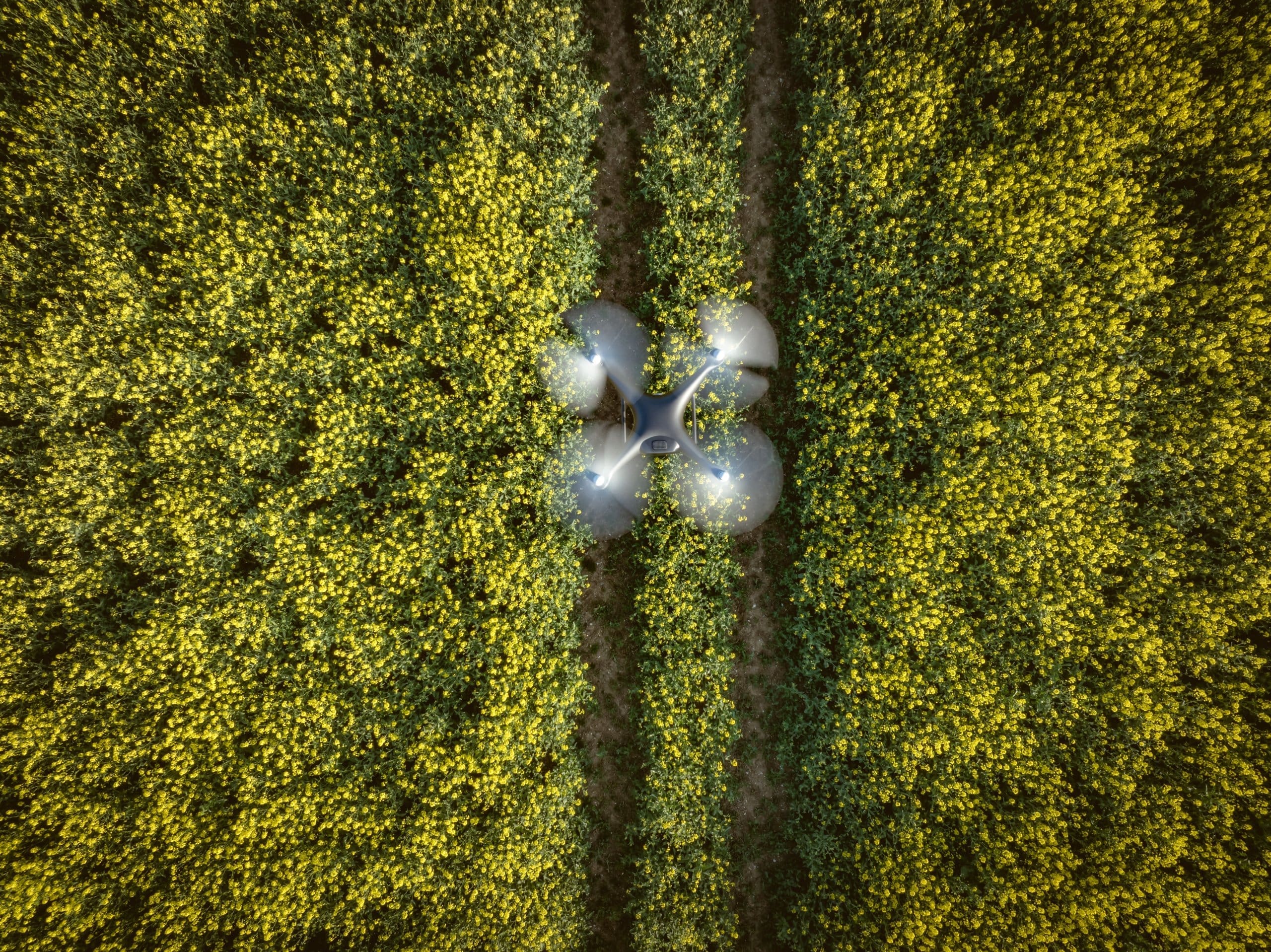Droning on: What You Need to Know Before a Drone Shoot
Among the revolutionary technologies that have emerged over the past decade, drone filming has quickly become high-demand. We’ve broken down everything you need to know before a drone shoot.

Film technology is constantly evolving, and advancements are constantly changing the way we do things. Among the revolutionary technologies that have emerged over the past ten years, drone filming has quickly become high-demand.
There are many benefits to filmmakers including drone filming in their projects, but to name a few:
- Ability to obtain unique perspectives that would be impossible from the ground
- Excellent for capturing dynamic shots of large scale subjects, like landscapes, buildings, sporting matches and more
- Much lower cost than using helicopters for aerial footage
- Ability to film in smaller or more confined spaces inaccessible by helicopter
Despite the differing skill set for camera operators, including drone footage in your video projects doesn’t change the overall production process much. That being said, there are certain things important to keep in mind when planning a production with drones involved.
Table of Contents
Regulations, Laws and Guidelines
It’s essential that you understand the rules regarding the use of drones in your locale. To save yourself the headache of hefty fines and legal issues, be sure to research local laws and regulations around using drones for commercial purposes. In many places around the world, commercial and recreational drone operators alike must be licensed (or registered, at the very least). While laws and regulations vary from place to place, here are some general guidelines to keep in mind:
- Make sure you know how to operate your drone safely and do so at all times
- Always be aware of your surroundings and potential hazards
- Always keep your drone in your line of sight
- Never fly your drone near people, buildings, or vehicles outside your control
- Do not fly over people, unless you have a waiver from the relevant authorities
- Fly only during the day, 30 minutes before sunrise, or 30 minutes after sunset, unless you have explicit permission from the relevant authorities
- Do not fly your drone near aircraft, airports, and emergency response efforts
- Fly no faster than 100 mph and no higher than 400 feet
- Make sure your footage doesn’t violate any privacy laws
- Create an action plan to address potential problems (i.e. unexpected power losses, crashes, etc.)
Permissions
Whether you’re planning on filming in a public space or on private property, be sure to obtain the necessary permissions. Without proper permissions from the relevant authorities or property owners, you might end up with an unexpected budgetary increase re: legal costs and fines.
A while back, a potential client in the shipping industry reached out to ask if we could come out in a few days with our drone operator to film. They wanted to capture aerial footage of a massive cargo ship they were loading, but were unaware of the legalities surrounding drone-flying. We advised them that we would need to obtain permits from the City, as well as permission from the Port to be able to fly in the area. Take it from us film industry professionals – while it may seem as simple as hiring a drone operator to capture the footage you have in mind, like any earth-bound production there is almost always red tape to navigate.
Insurance
Most jurisdictions will require proof of the proper production and liability insurance, sometimes in the range of several million dollars in 3rd Party Liability insurance. This can be expensive, but you won’t get a permit without one. Every proper drone company you can hire will have some form of insurance to help with this. While we’re listing it third here, when planning a drone shoot insurance should be one of the first things you address!
Safety
Safety should always be top priority when operating a drone. Before every use, be sure to check that your drone is in good condition and free of defects. When flying, you’ll want to avoid populated areas, and maintain a safe distance from people, animals and structures. As we mentioned above, it’s important to always keep your drone in sight. As such, in most places it is a requirement to have a spotter nearby, who can keep an eye on the drone and ensure it doesn’t fly out of sight.
Location
Much like any other production, you’ll want to scout your location beforehand. With drones involved, however, there are some specific considerations to make sure your location is safe and suitable for flying. Be sure to avoid flying in crowded areas, near airports, and areas where you may disturb wildlife and their natural habitats. If you were a baby bird, certainly the last thing you’d want is to be knocked from your nest by a drone!
Weather Conditions
While it might seem like a no-brainer, it’s worth a reminder to keep a close eye on the weather forecast. High winds, heavy rain, fog, or any number of other adverse weather conditions can quickly ruin your shot, and even your drone! Winds can send you drifting into nearby obstructions, causing shaky shots and crashes alike. While some drone models are waterproof (to a certain degree), most are not – and it’s no secret that rain and electronics do not mix well. It may be inconvenient in the moment, but it’s a much better idea to delay production for favorable weather than risk ruining your equipment.
Lighting
Like most cameras, drones are sensitive to lighting conditions. Bright sunlight, top light (sun straight above in the sky) and low light won’t give you the best results, so be sure to plan your flights accordingly. You’ll want to aim for morning and afternoon, and avoid midday. Polarizers and Neutral Density (ND) Filters can also help to improve the quality of your footage by reducing glare.
Battery Life
Your drone’s battery can only go so far! Many drones have a flight time between 15-30 minutes, so staying on top of your battery life is vital. It’s easy to lose track of time when filming, but for drone operators it can spell disaster. Certain advanced models include a feature that helps them land safely when their battery runs out, but most don’t have this capability. To ensure you get all your footage (and your drone back in one piece!), make sure your battery is fully charged, and have a charging station and/or backup batteries readily available. You can also set a timer when you begin your flight, to help keep track of time limits!
Time for Takeoff!
Implementing new technology can daunt even the most tech-savvy filmmaker, but in our industry it’s vital not to shy away from innovation. The unique footage that drones are able to capture can elevate your content (no pun intended) and add dynamic perspectives to a wide range of videos. With what you’ve learned here, we’re confident you have everything you need to begin incorporating drone flights into your production process!
If you’re interested in recommendations for the best drones for filmmakers, we suggest checking out this article by TechRadar. And, if you’re looking for a top-tier drone operator and production team to handle the flying and the logistics, give us a call today!

